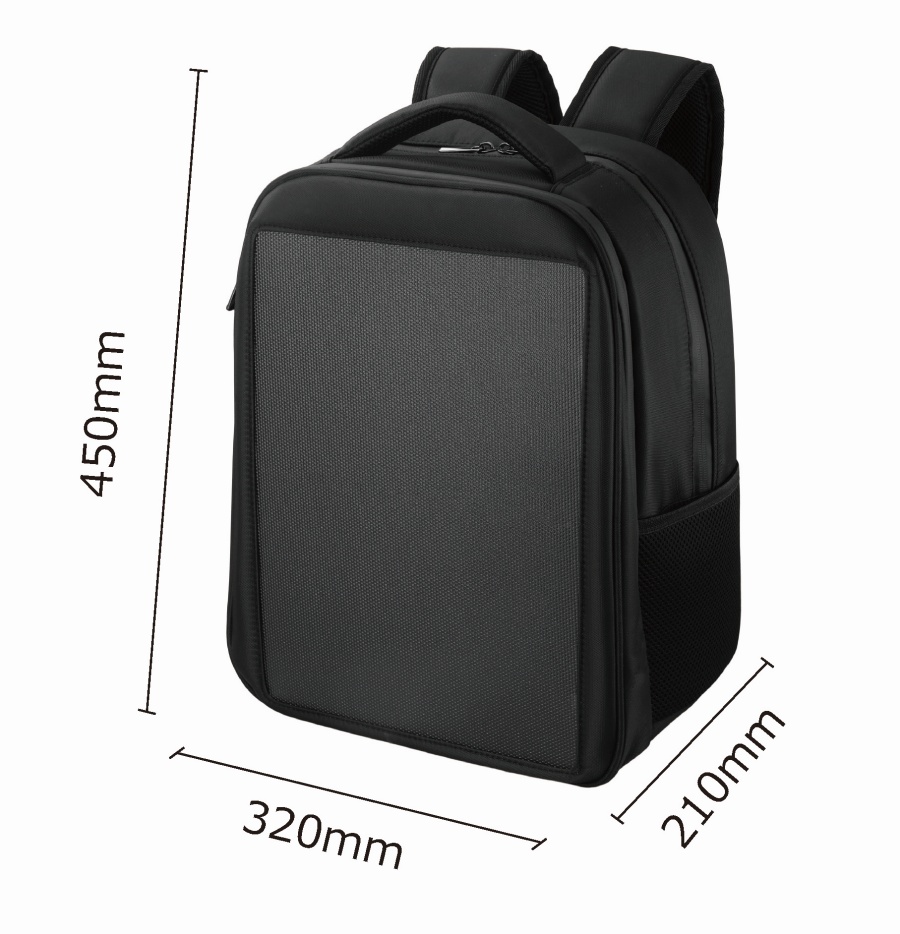China Design 50w Solar Blanket Manufacturing Wholesaler
In the realm of portable solar power solutions, the 50w solar blanket stands out as a compact and efficient means of harnessing renewable energy. Its lightweight design and ease of use make it among campers, travelers, and those seeking a sustainable power source for their outdoor activities. However, one of the concerns for users is the water resistance of these solar blankets, especially considering their exposure to the elements during use. This article delves into the waterproof capabilities of the 50w solar blanket, examining how well they stand up to rain, splashes, and other moisture-related challenges.
The 50w solar blanket, with its sleek and modern design, is not just a piece of technology but also a testament to human ingenuity in creating eco-friendly power solutions. Its primary function is to absorb sunlight and convert it into electricity, which can then be used to charge devices such as smartphones, tablets, and even small power banks. But for this solar blanket to be truly effective in various outdoor settings, it must be able to withstand the unpredictable nature of weather conditions.
Water resistance is a crucial feature for any outdoor equipment, and the 50w solar blanket is no exception. Manufacturers of these solar blankets often boast about their products' ability to endure rain, dew, and other forms of moisture without compromising performance. However, the extent of this water resistance can vary greatly depending on the quality of the materials used, the construction of the solar blanket, and the specific waterproofing treatments applied.
To understand the water resistance of a 50w solar blanket, one must consider the materials from which it is made. High-quality solar blankets are typically constructed from durable layers of PET (Polyethylene Terephthalate) or EVA (Ethylene-Vinyl Acetate) film, which are known for their resistance to water and UV rays. These materials form a protective barrier around the solar cells, ensuring that they remain functional even when exposed to moisture.
Moreover, the 50w solar blanket's water resistance is often enhanced through the application of a waterproof coating or sealant. This additional layer not only shields the solar cells from water but also protects the electrical connections and wiring that run through the blanket. It is important to note that the effectiveness of these coatings can degrade over time, especially if the solar blanket is frequently exposed to harsh weather conditions or is not properly maintained.
Users of the 50w solar blanket should also be aware of the IP (Ingress Protection) rating, which is a standard used to define the level of sealing effectiveness of electrical enclosures against intrusion from foreign bodies and moisture. An IP rating of 67 or higher indicates that the solar blanket is dust-tight and can withstand temporary immersion in water, making it suitable for use in wet environments.
However, even with a high IP rating, it is advisable to take precautions when using a 50w solar blanket in wet conditions. For instance, it is recommended to avoid submerging the solar blanket in water or exposing it to heavy rainfall for extended periods. Additionally, it is essential to ensure that the solar blanket is completely dry before folding it up and storing it away to prevent any potential damage to the solar cells or electrical components.
In conclusion, the water resistance of a 50w solar blanket is a critical factor to consider, especially for those who plan to use it in environments prone to moisture. While many solar blankets on the market are designed to be water-resistant, it is essential to research the specific materials, coatings, and IP ratings of the product before making a purchase. By understanding the water resistance capabilities of a 50w solar blanket and taking appropriate care, users can ensure that their solar blanket remains a reliable and efficient source of power, regardless of the weather conditions.



 English
English 中文简体
中文简体 Français
Français Español
Español Deutsch
Deutsch
















